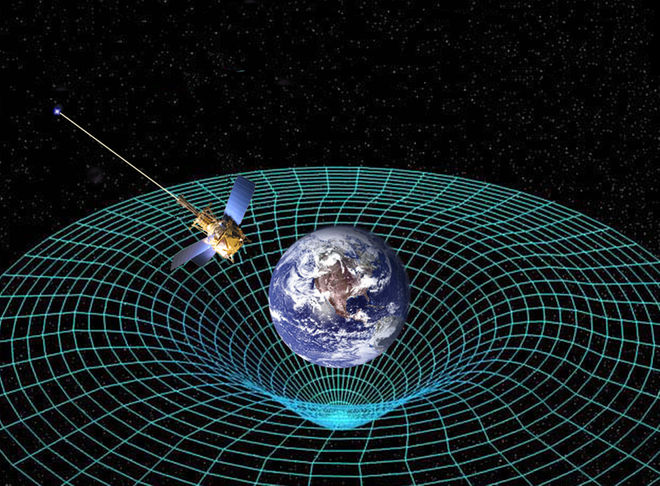
Credit: NASA
The accretion disk that surrounds black holes emits X-rays that often show rhythmic pulses. These are known as quasi-periodic oscillations (QPOs) and their exact nature remains unknown. Now scientists developed a model that could shed light on the mechanism that produces them.
According to the model, the hot, inner ring of gas close to the black hole generates these oscillations. As ring expands and contracts it causes the highest frequency oscillations. The next frequency oscillations are produced by the vertical oscillation of the ring, while the lowest frequency come from the motion of the rotation axis of the ring around the rotation axis of the black hole, in a similar way that the head of a gyroscope traces out.
The model could help astronomers study the accretion and the spin of black holes as well as a number of effects related to general relativity.
Publication: Fragile et al. 2016
Source: phys.org
